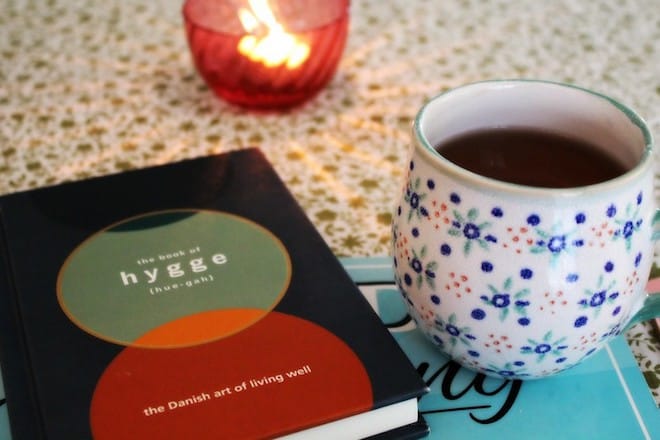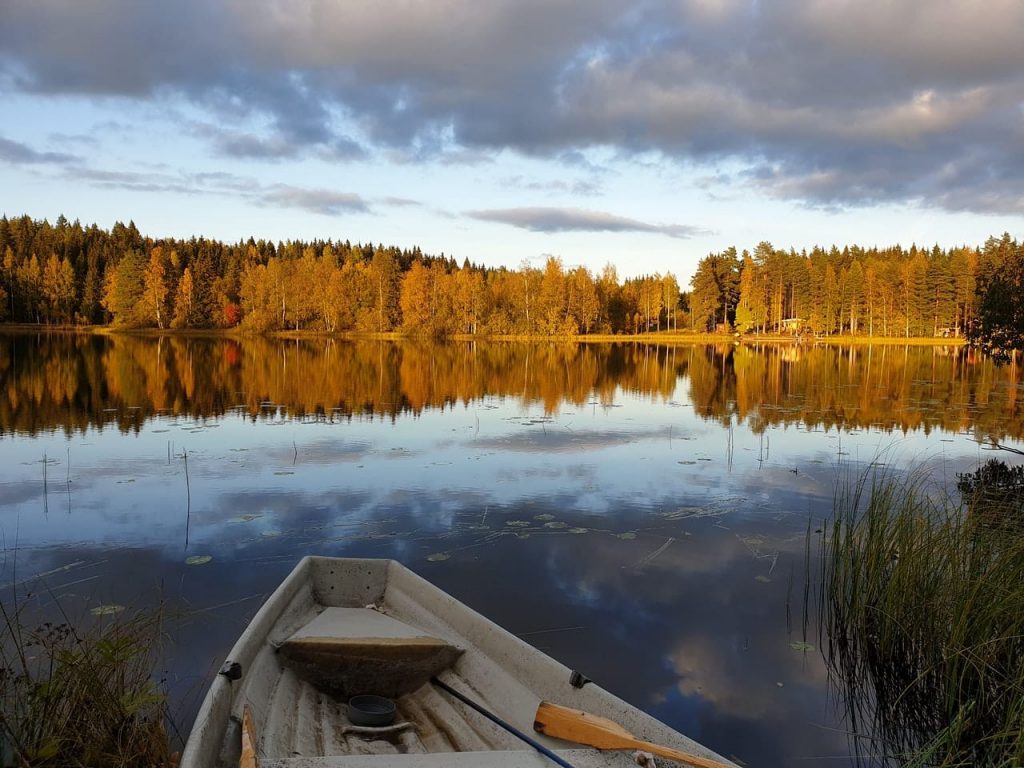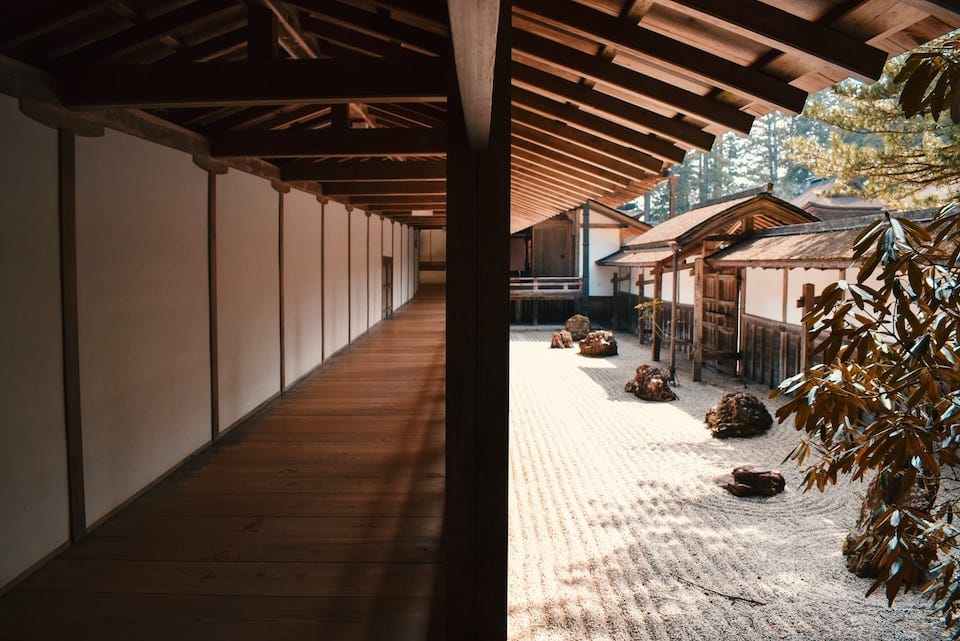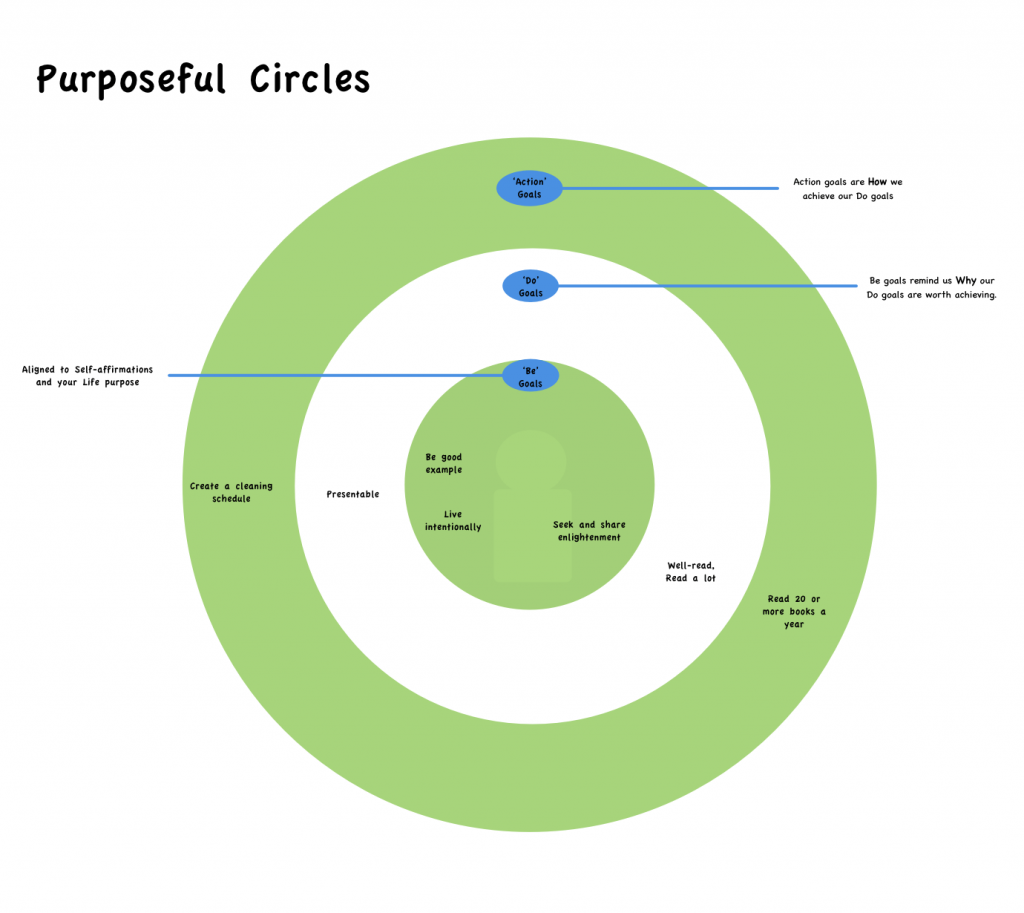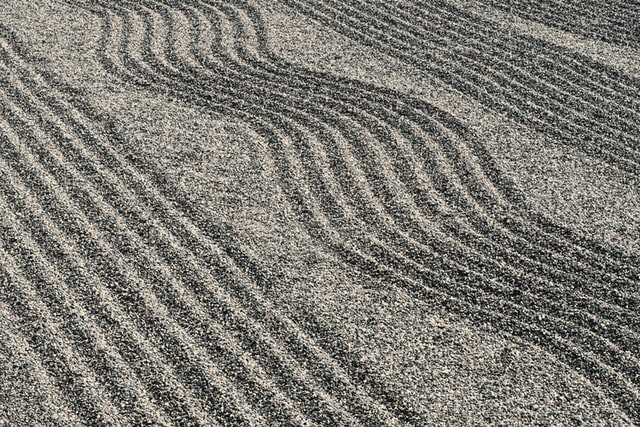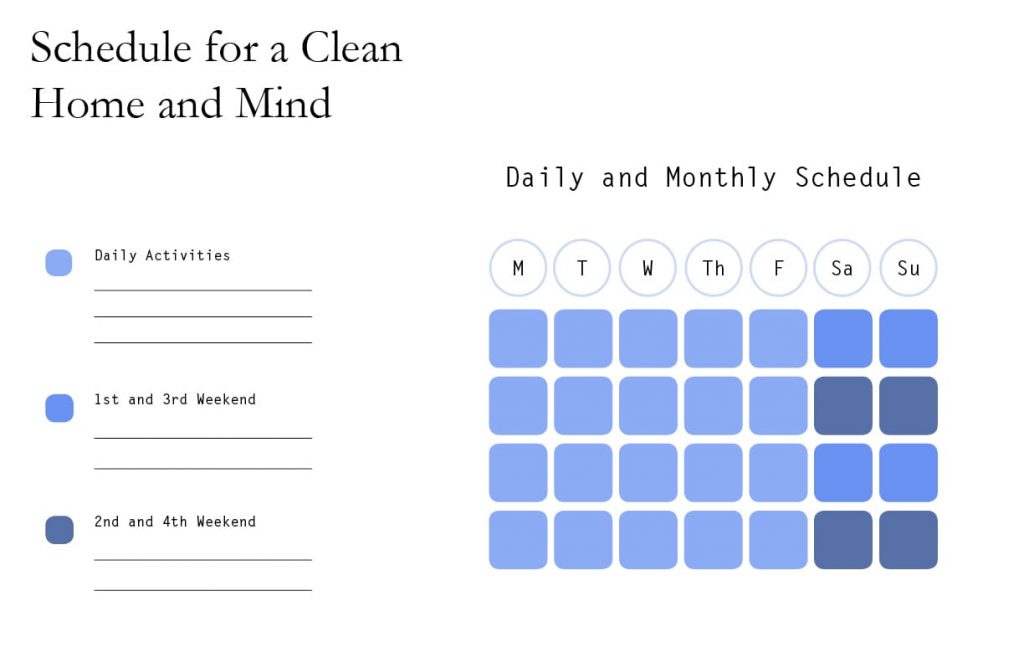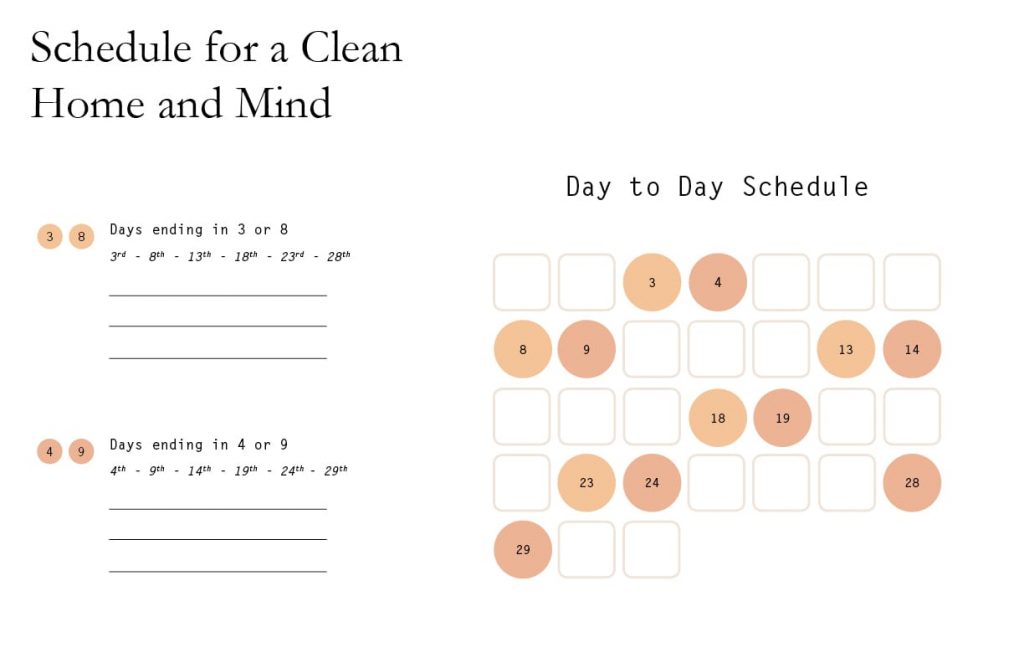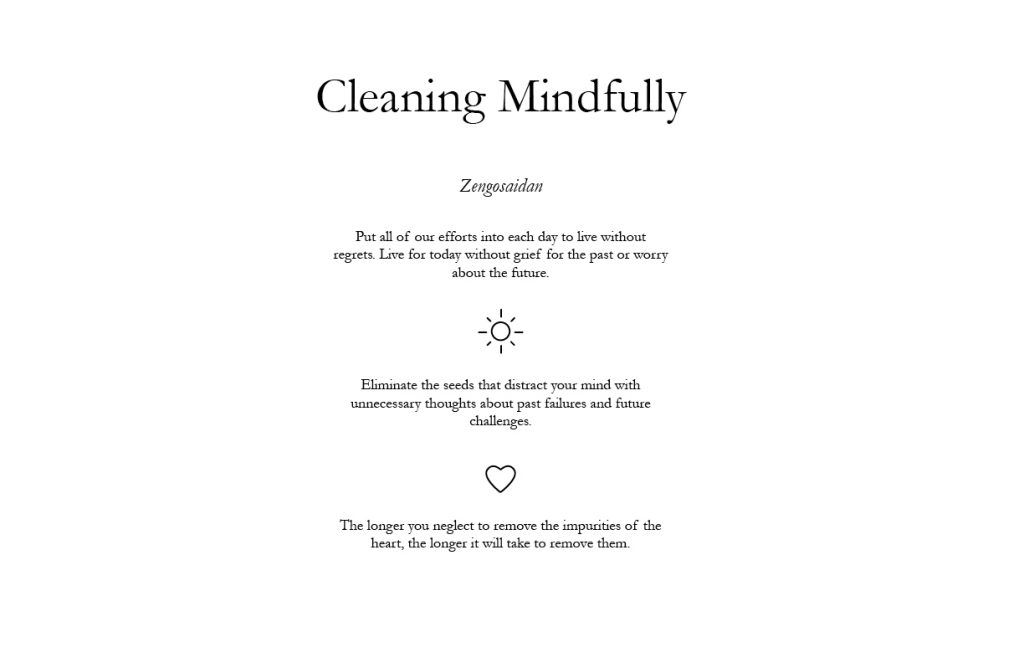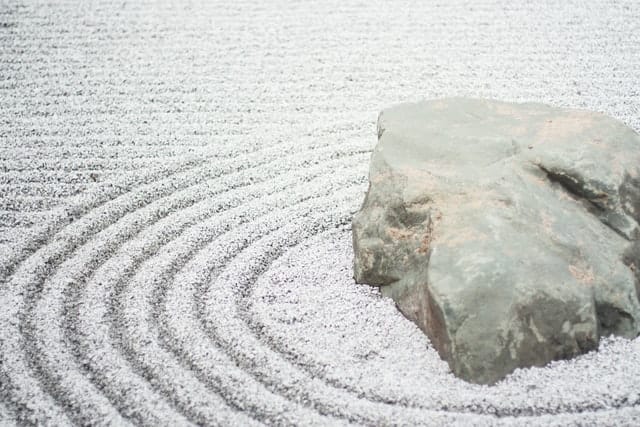For the fourth time, I attended the annual animation event at the French Institute-Alliance Français, FIAF. As I mentioned in my last post, it was totally digital and I watched at home instead of attending in person.
My last post was on feature films. This one will be on shorts.
Shorts!
I love watching shorts. Like animated, narrative short stories. Sometimes just art. These are the shorts I’ve seen, so far.
Shoom’s Odyssey, 2019
L’Odyssée de Choum
- Dir. Julien Bisaro, with Clair Paoletti
- France, Belgium
- 26 min
- In French with English subtitles
My quick take: Great film for kids, calming to look at. Great effects and sound effects.
This heartwarming tale is set in a seaside town inspired by a lush Louisiana bayou. Born in the midst of a storm, baby owl Shooom must fend for herself and her unhatched sibling before she even leaves her nest. Against all odds, she is determined to find her mother, be it an alligator or a squirrel.
This is a film that was originally intended for very young audiences, so there isn’t much dialog. It’s really beautiful and pastel colored. One thing that stood out for me were the very interesting animal sound effects, which unfortunately they didn’t get to in the making of discussion below.
Making of Shooom’s Odyssey with Claire Paoletti and Julien Bisaro
FYI: The interview had a translator, which many FIAF events often have, though honestly the film makers seemed to understand English very well.
A Doonesbury Special, 1977
- Dir. Garry Trudeau, USA
- 26 min.
- In English
- Mature Audiences
This film was selected by special guest, Wes Anderson.
I found a copy on the Internet Archive (for now).
Along with filmmakers Faith and John Hubley, Trudeau pondered an important question of the day: Do you sell out your idealism and your thirst for political and social change as you grow older? Or more specifically, do you stop building a commune to build a condo? As Mike Doonesbury searches for meaning, he muses on gender and racial relations, Simone de Beauvoir, Margaret Mead, football, and pot smoking, bringing an unexpected profundity to the holiday primetime special. Trudeau’s efforts were recognized. A Doonesbury Special won a Special Jury Award at Cannes and was nominated for an Oscar in 1978.
Peter and the Wolf, 2006
- Dir. Suzie Templeton
- United Kingdom, Poland, Norway and Mexico
- 29 min.
- Silent
- Ages 8 and up
My quick take: What can I say? Peter and the Wolf, depending on who tells the story, is sad. Peter, the puppet, looks a bit maniacal, at times.
Unlike previous animated adaptations of this classic fairy tale, director Suzie Templeton forgoes a narrator and sets Prokofiev’s beloved score in the harsh modern-day Russian countryside. Against this strikingly stark background, Templeton’s vibrant puppets come to life—a playful bird, tottering duck, mischievous cat, the fearsome wolf, as well as the sensitive Peter and his grandfather.
L’Amour a ses réseaux (Fail in Love), 2019
- Dir. Cécile Rousset & Romain Blanc-Tailleur
- France
- In French with English subtitles
- Mature audiences
These were 5, 4-min episodes using interviews with Tinder/Grindr users on their experiences that didn’t go quite right. I thought it was really funny, and I liked the use of, sometimes fantasy, imagery translations of the spoken words.
Funny, quirky, and at times cruel, this web series illustrates real-life dating mishaps, fantasies, and creepy encounters. Through these personal stories, we see traditional and new means of seduction, as well as the triumphs and pitfalls caused by apps and their algorithms. L’Amour a ses réseaux (which translates literally to “love has its networks”) was adapted from the column “Tinder Surprise” for French news website Rue89 and originally aired on Franco-German television channel Arte.
Videos not available in the US. More information can be found at arte.fr.
The translations are a combination of FIAF and the Arte website, plus my own having watched these shorts.
Bite on the side (Petit Piment)
Newly settled in Berlin, Ernestine uses Tinder to find new friends. When her date invites her to a party, she wonders: is she free to do what she wants? Even flirting with this handsome Swedish guy?
Mazeltov!
After a romantic failure, Jeanne goes in search of a little affection on Tinder. But, when the moment of the meeting comes, stress quickly pushes her to say everything, and especially anything.
Prince and Princesses (Prince et princesses)
Elegant, thoughtful, funny, Catherine thinks she has found her Prince Charming on Tinder. But life is rarely a fairy tale and the gallant’s castle seems full of secrets….
Homo Habitus
One evening, Max meets a compulsive liar on Grindr. But rather than scare him away, his little number begins to intrigue him. Let the show begin!
Under the moonlight (Sonate au clair de lune)
When an astronomy enthusiast invites her to observe the sky for a first date, Carole accepts her proposal, even if it involves crossing the entire county. But she begins to doubt her lucky star when her date shows himself less and less willing to let her go …
Women Undercover (Les Espionnes racontent), 2020
- Dir. Aurélie Pollet, 2020
- France
- Mature Audiences
- In French with English subtitles
What if 007 was a woman? This riveting series follows a journalist as she interviews the spies who penetrated top-secret government circles. The three episodes included here expose the undercover experiences of Moscow-based Geneviève, Martha from Panama, and Yola in Tel Aviv.
A series of short videos, animating true interviews with female spies. Very intriguing. The three 6-min episodes I watched are below.
- Moscow-based Geneviève (“A Russian List for the DST”)
- Martha from Panama (“14 Days to Flush Out Noriega”)
- Yola in Tel Aviv (“The Mossad Hotel”)
These might be available to play in the US on arte.tv/fr, for now, in French with subtitles. Eventually copyright might kick in and these will become restricted, so I don’t know.
Les Espionnes racontent – Geneviève : La liste russe de la DST
Focus on African Animation
Selections:
- Black Barbie, Dir. Comfort Arthur, 2016, 4 min, Ghana
- The Cora Player (Joueur de cora), Dir. Cilia Sawadogo, 1996, 7 min, Canada
- Afropower (Afreupouvoir), Dir. Manohiray Randriamanantsoa, 2010, 5 min, Madagascar
- L’Ambouba, Dir. Nadia Rais, 2010, 9 min, Tunisia
- اغتراب Fade, Dir. Alaeddin Abou Taleb, 2018, 13 min, Tunisia
- Prince Lesono, Dir. Jean-Michel Kibushi, 2004, 29 min, France and Belgium
I really liked Afropower. This was a short story following a dog that leaves a pile of 💩 , flies and all. This 💩 is sniffed out by a man who rises out of the ground, dressed in colonial attire. He gets the idea to exploit the 💩 by turning it into some kind of drug for the people. The people then revolt and while they’re fighting their king, the man appears again. He cuts through a pipe, that’s feeding the king’s throne. Out pops piles of jewels, which he begins to swallow. When he’s done, he goes away, disappearing again under the ground. Meanwhile the 💩 transforms again. It grows a head, a face, then a full body. The 💩 , which has been shown as green, falls away and reveals a man, and the man takes his new place on the throne. The man has become a fascist dictator, put in place by colonial powers exploiting the literal crap of Africa and creating chaos. It had no words, just a soundtrack, so I liked that it got the message across without explanation.
Prince Lesono was a stop-motion animation. It was about a king who wishes to have a son, but has to follow certain customs and cooperate with his community in order to achieve his goal of having an heir.
My Life in Versailles (La vie de Château), 2019
- Dir. Clémence Madeleine-Perdrillat and Nathaniel H’Limi, France
- 29 min.
- In English
- Ages 8 and up
A little girl loses her parents and becomes a ward of the state. According to her parents’ will, she is sent to live with her uncle who is a gardener or worker at the Versailles Palace museum. This short is actually a tv show, and this first episode is about how he struggles to adjust to fit a very young girl who misses her family into his life.
Best of Annecy Film Festival
Selected:
- Awoko 70’s, Dir. Rose Gallerand, Caroline Leibel, Faustine Merle, Claire Pellet, May Taraud, and Chloé Van Becelaere; 2020; 1 min
- Wade (La Noyade), Dir. Upamanyu Bhattacharyya and Kalp Sanghvi, 2019, 11 min
- Genius Loci, Dir. Adrien Mérigeau, 2019, 16 min
- Pile, Dir. Toby Auberg, 2019, 3 min
- Homeless Home, Dir. Alberto Vazquez Rico, 2020, 15 min
- Physics of Sorrow (Physique de la tristesse), Dir. Theodore Ushev, 2019, 27 min
- Kinshasa 2100, Dir. Florian De Chelle, Marine Corbineau, Valentin Giuili, Armand Goxe, Marin Inbona, Alexis Maurice, and Tom Rameaux; 2020, 1 min
Genuis Loci
Wade (La Noyade) Directors’ statement and preview
I really enjoyed this one. As mentioned by the directors, this film is an exploration of the effects of climate change, one of which being flooding. It’s an interesting premise, tigers in urban areas crossing paths with climate refugees.
The film has a mystical quality. After the first tiger attack, a new tiger appears. It has eyes like the blind girl and can walk on water. However, a baby begins to cry, and like in MASH, it’s killed (drowned). This causes the blind tiger to suddenly become pregnant and bear a cub, who briefly shows signs of having human fingers. The attacking tiger tries to take the human-tiger cub, but it’s throat is slight by a knife and it runs away. The mother tiger begins to sink below the water and the other tigers take the tiger baby away.
Here’s a video of the awards ceremony (in French; English CC available).
Family Friendly Selected Shorts:
- Melting Heartcake (Cœur fondant), Dir. Benoît Chieux, 2019, 11 min — Ages 3+
- The Atelier (L’atelier), Dir. Bianca Mansani, 2019, 4 min — Ages 3+
- Nature, Dir. Isis Leterrier, 2019, 3 min — Ages 3+
- Northern Lights (Au pays de l’aurore boréale), Dir. Caroline Attia, 2019, 15 min — Ages 4+
- The Last Day of Autumn (Le dernier jour d’automne), Dir. Marjolaine Perreten, 2019, 8 min — Ages 4+
- Louis’ shoes (Les chaussures de Louis), Dir. Marion Philippe, Kayu Leung, Theo Jamin, Jean Geraud Blanc; 2020; 5 min — Ages 8+
- The Breakaway (L’échappée), Dir. Benoît Michelet, 2019, 7 min — Ages 8+
- We’re Taking Bernie to Grandpa (On va ramener Bernie chez Papi), Dir. Arielle Besse, Shiuan-An Lin, Lilamirana Rakotoson, 2020, 5 min — Ages 8+
- TommeLise et l’Ogre, Dir. Cécile Robineau, 2018, 8 min — Ages 8+
- Sheep, Wolf and A Cup Of Tea… (Moutons, loup et tasse de thé…), Dir. Marion Lacourt, 2019, 12 min — Ages 9+
- Un diable dans la poche, Dir. Antoine Bonnet, Mathilde Loubes; 2019; 5 min — Ages 9+
Most of these were relatively cute films. But the last one was a little sinister, and luckily available outside of the festival.
Documentary Shorts:
- Esperança, Dir. Cécile Rousset, Jeanne Paturle, Benjamin Serero; 2019; 5 min
- Mild wildness, Lasting Lunacy (Folie douce, folie dure), Dir. Marine Laclotte, 2020, 18 min
- And yet we are not super-heroes (On est pas près d’être des supers héros), Dir. Lia Bertels, 2019, 13 min
- Exuvie, Dir. Antoine François, Ornella Hildevert, Camille Ringuet, Adèle de Girval, Anaïs Crowyn, Ceridwen Bizeul; 2019; 4 min
- Richie, Dir. Romane Granger, 2019, 8 min
- 5 Years After the War (5 ans après la guerre), Dir. Samuel Albaric, Martin Wiklund, Ulysse Lefort; 2017; 16 min
The film I highlighted was a very interesting concept. It was about a care home for developmentally disabled adults. It’s one thing to have a child who needs extra care. But what about when they’re 50 years old.
Films I didn’t watch…
New French Shorts Part 1 and 2
- Disoriented (À l’ouest), Dir. Jérémie Cousin, France, 2019, 4 min.
- To the dusty sea (À la mer poussière), Dir. Héloïse Ferlay, France, 2020, 12 min.
- When We Leave (Cuando nos vamos), Dir. Mitchelle Tamariz, France, 2019, 4 min. Silent.
- Trona Pinnacles, Dir. Mathilde Parquet, France, 2020, 13 min.
- The Song of the Angel-Fish (Le chant des Poissons-Anges), Dir. Louison Wary, France, 2019, 7 min.
- Purpleboy,Dir. Alexandre Siqueira, Belgium, France and Portugal, 2019, 14 min. In Portuguese with English subtitles.
- Precious (Précieux), Dir. Paul Mas, France,2020, 14 min.
- Souvenir Souvenir, Dir. Bastien Dubois, France, 2020, 15 min.
- Inès, Dir. Elodie Dermange, France and Switzerland, 2019, 4 min.
- Airhead! (Tête de linotte !), Dir. Gaspar Chabaud, Belgium, 2019, 6 min.
- Rivages, Dir. Sophie Racine, France, 2020, 8 min. Silent.
- Tadpole (Tétard), Dir. Jean-Claude Rozec, France, 2019, 13 min.
- Windshriek (Hurlevent), Dir. Frédéric Doazan, France, 2019, 6 min. Silent.
- Artifice, Dir. Judicaël Ceva, Adrien Douay, Coline Della Siega, Coraline Hun et Diana Lao, France, 2019, 4 min. Silent.
- Average Happiness, Dir. Maja Gehrig, Switzerland, 2019, 7 min.
- Flow, Dir. Adriaan Lokman, France and Netherlands, 2019, 14 min. Silent.
- Boriya, Dir. Min Sung Ah, France, 2019, 16 min.
- Traces, Dir. Hugo Frassetto, Sophie Tavert Macian, France and Belgium, 2019, 13 min. Silent.
- Machini, Dir. Frank Mukunday, Trésor Tshibangu, Democratic Republic of the Congo and Belgium, 2019, 10 min.
- Sous la canopée, Dir. Bastien Dupriez, France, 2019, 7 min. Silent.
- Empty Places, Dir. Geoffroy de Crécy, France, 2020, 8 min. Silent.
- X.Y.U., Dir. Donato Sansone, Italy, 2019, 1 min. Silent.
That’s it. Unfortunately I didn’t get to watch everything. There were several student competitions that I didn’t see although I have seen student shorts before.
The next post will be on my favorites. I also saw a lot of feature length films, so check out that post.


